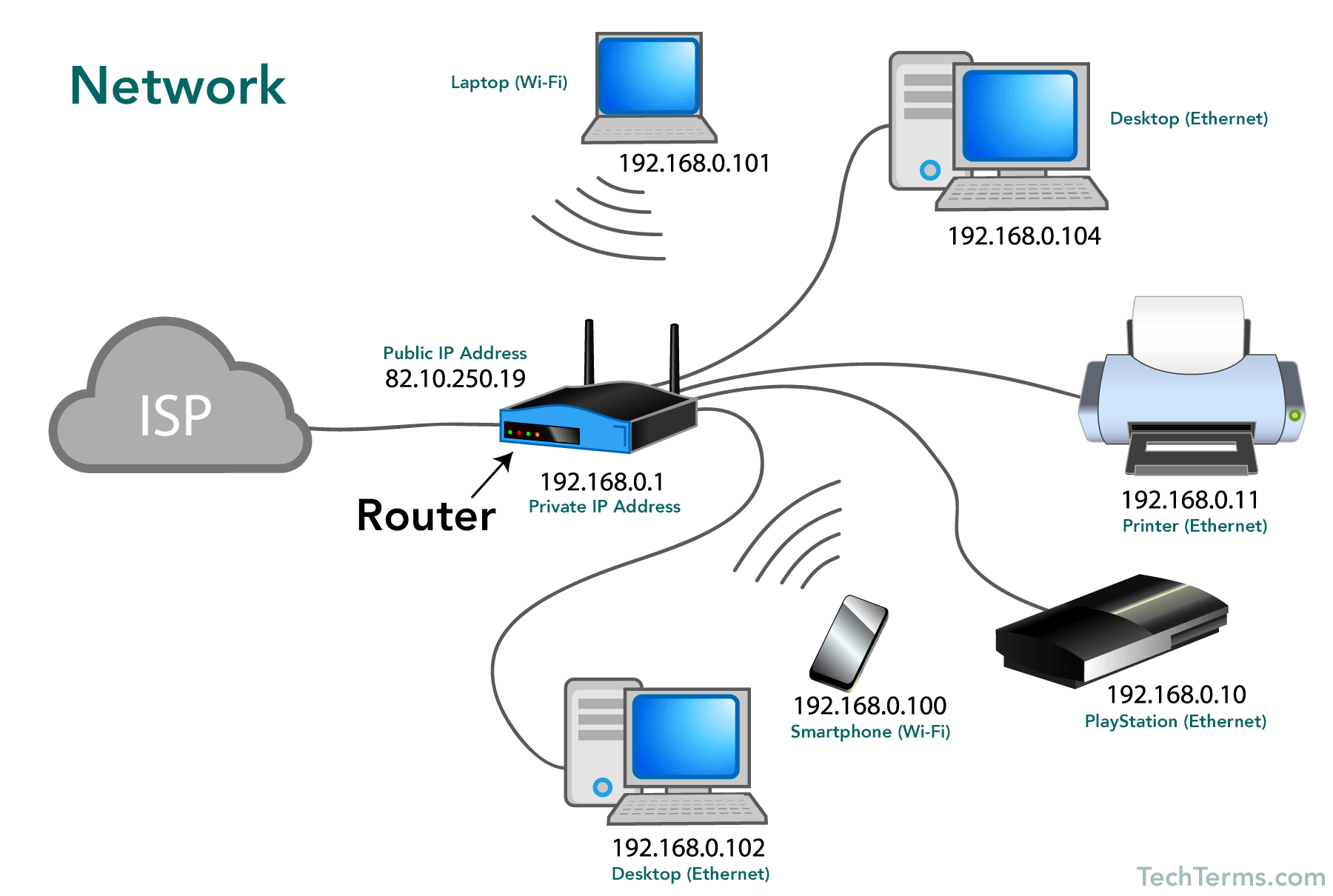The average age to which the kids provoke themselves tweetboard me with the technological products is long past down to six,7 years in 2007, claims the study “the children and the inclinations in technological intake III” of company NPD.
In 2005, the common age became as a substitute at eight,1 years in step with a previous study of this organization of analysis. If tv and the computers are the primary devices which the younger humans use (toward 4 or five years), the last are the satellite radios and the transportable readers of numerical music, round nine years.
The gadgets cited most as being bought during the beyond 12 months are cell telephones, virtual cameras and PDMPs. Some more moderen technologies along with TV-to-laptop video devices and satellite tv for pc radios, and some older gadgets inclusive of film cameras and karaoke systems, report low ranges of family shopping
“The kids are attracted with the aid of the most recent gadgets and most powerful, like are their parents, estimates Anita Frazier, analyst at NPD. They are not scared of generation, and adopt it easily, with out brass band.”
The youngsters opt for however the devices which are intended to them, like the numerical cameras for kids. They use these younger products and extra regularly, according to the observe of NPD, finished online with dad and mom of antique kids from 4 to fourteen years.
To provide to participate on this study,As located within the prior 2005 and 2006 research, children’ variations of all electronic merchandise display sturdy overall performance vis-à-vis their person counterparts. According to the report, children are the usage of youngsters’ variations at a more youthful age and more frequently. However, aside from video games, the person variations of electronics display better penetration than do the kid’s model of the same product.
Though a majority of parents imply they might be inquisitive about a branded children’s version of an electronic device, the extent of hobby has declined–from 83 percent in 2006 to seventy four percentage in 2007.

